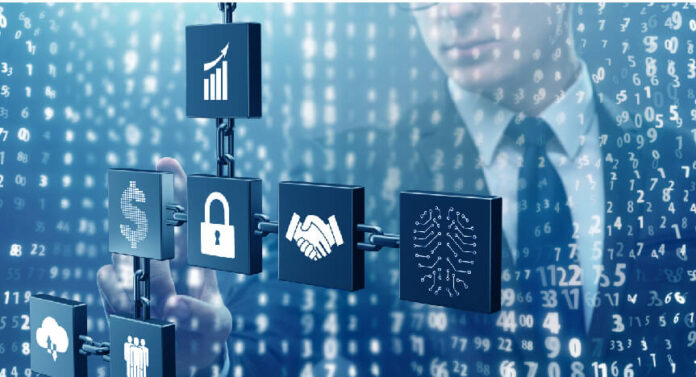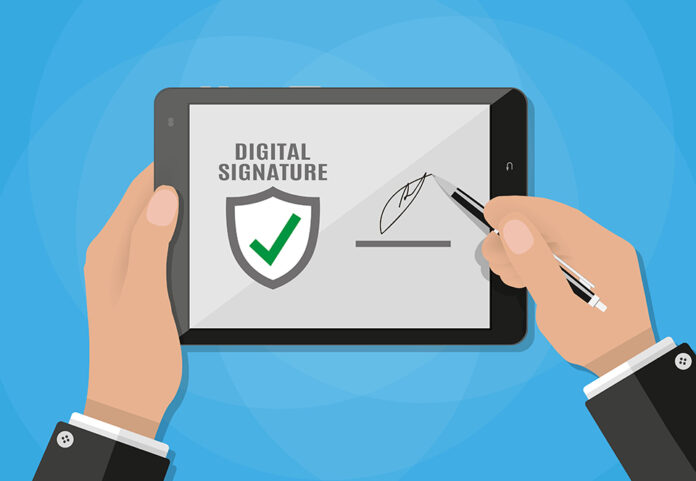Cryptocurrency is a digital or virtual asset that uses cryptography to secure its transactions and control the creation of new units. They are decentralized, and not subject to government or financial institution control. Most people are familiar with bitcoin, which is the first and most well-known digital asset. However, there are hundreds of others available, each with its own unique features and benefits.
They are generated through a process called mining. Miners attempt to solve complex math problems to discover new coins. Once a miner solves the problem, they receive a reward in coins. This process is how new coins are created and brought into circulation.
These assets are unique for two reasons: first, they are decentralized, meaning there is no central authority that can manipulate the currency’s value; and second, they use cryptography to secure their transactions, making them difficult to be tampered with.
What is crypto security?

There are many different security measures used to protect digital assets. Some of these include cryptography, blockchain technology, and virtual private networks. Cryptography is used to secure user data and money from being stolen or compromised. Blockchain technology is used to create a public record of all cryptocurrency transactions. Virtual private networks (VPNs) are used to keep user data and money confidential and secure when using the internet.
What security does cryptocurrency use?

There are various security measures to protect against fraud and theft. These measures include digital signatures, public and private key cryptography, and code signing. Digital signatures allow users to verify a message’s authenticity by verifying the sender’s signature. Public and private key cryptography uses two cryptographic keys–one public and one private–to encrypt and decrypt data. Code signing ensures that software files are authentic by verifying the signature of the developer.
Some popular security measures used in cryptocurrency include:
- Password protection: Most cryptocurrencies require users to enter a password to access their accounts. This prevents unauthorized access to your coins.
- Two-factor authentication: Many platforms also require users to enter a second authentication code, such as a mobile phone number or an email address, in order to confirm their identity. This increases the security of your account and keeps unauthorized individuals from accessing your funds.
- Cold storage: Some platforms offer cold storage options, which allow users to store their coins offline in a secure wallet. This protects them from potential cyberattacks.
How to set up cold storage?

If you are interested in storing your cryptocurrencies offline, then you will need to set up cold storage. There are many options for cold storage, but the most popular option is to store your coins in a physical wallet. You can also store your cryptocurrencies on an online platform.
The most important benefit is that it reduces the risk of your cryptocurrency being stolen or compromised. Cold storage means storing your cryptocurrency offline, either on a physical device or in an online digital wallet. This protects your coins from being stolen by thieves who might break into your computer or steal your virtual private key. It’s also important to keep in mind that if you lose access to your cold storage device, your coins are lost forever.
Another benefit of cold storage is that it allows you to control the amount of information that is available about you and your coin holdings. You can keep track of all transactions and balances without having to reveal your personal information to anyone. Finally, cold storage allows you to make more informed decisions about which coins to invest in and which ones to avoid. Find out more at playnoevil.com
More about digital signatures
Digital signatures are a way to ensure that a message or document was not modified in transit from the sender to the recipient. A digital signature is created by using cryptographic algorithms and unique private keys to create an electronic signature. The public key can be shared with anyone, while the private key is only known to the signer.
The receiver uses the public key to verify the signature and extracts the underlying data. If it matches what was signed, then they can be sure that the message has not been tampered with in any way.
Digital signatures are used for a variety of purposes but are especially useful for cryptographically securing messages and documents. By verifying a digital signature, you can be sure that the information contained within is authentic and unmodified.
What are the benefits of using digital signatures?

- Fraud protection. Digital signatures can help protect you from fraudulent activities by ensuring that the information you’re sending is accurate and from the person who you believe it to be from.
- Data integrity. Correctly signed data can help protect against unauthorized changes or deletions, which could lead to lost data or stolen money.
- Secured communication. Digital signatures make it easier for you to trust people and secure your contacts – even when you’re not face-to-face with them. This is especially important when dealing with sensitive information, such as financial data or personal details.
- Increased security. By using digital signatures, you can further protect your information against cyber criminals and other unauthorized individuals who might try to steal your information or use it for their own benefit.
How do I create a digital signature?

The most common method is with an online service. You can also create a digital signature on your computer. The advantage of creating it with an online service is that you don’t have to install any software.
The disadvantage is that you have to trust the provider of the online service with your private key. If the provider goes out of business, your digital signature might be lost forever.
You can also create a digital signature on your computer using free software. The advantage of creating it on your computer is that you have full control over the process. The disadvantage is that it takes more time to create a digital signature than it does to create one using an online service.
Conclusion
Crypto is a new and innovative way of transferring money that uses cryptography to secure transactions. Cryptography is the practice of securing communication in a manner that preserves privacy. Cryptocurrencies use different methods for security including hashing, digital signatures, and mathematical proofs. While each method has its own benefits and drawbacks, the overall goal is to provide a secure means of exchanging information.









